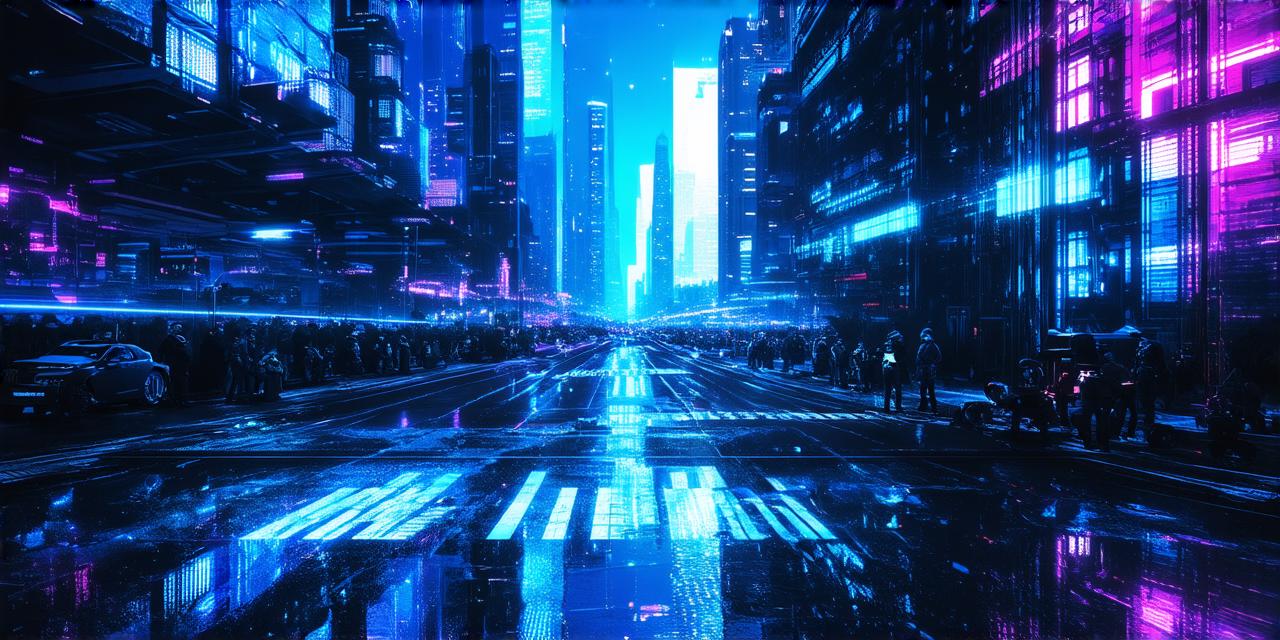Mixed reality (MR) is a technology that combines computer-generated images with real-world objects. This technology has been around for a while, but it’s only recently that it’s starting to gain traction in the world of artificial intelligence (AI). In this article, we will explore what mixed reality is, how it works, and how it’s being used in AI.
What is Mixed Reality?
Mixed reality can be defined as a technology that superimposes computer-generated images onto real-world objects. This allows users to see both the physical world around them and virtual elements added by the technology. The result is an immersive experience that combines the best of both worlds.
How does Mixed Reality Work?
Mixed reality works by capturing the real world using sensors, cameras, and other input devices. This data is then processed by the computer to create a virtual environment that can be superimposed onto the real world. The key here is to blend the virtual elements seamlessly with the real-world objects, creating an immersive experience that feels as if it’s part of the physical world.
Applications in AI
Mixed reality has a number of potential applications in AI, including:
- Virtual Assistants: Mixed reality can be used to create virtual assistants that can interact with users in a more natural and immersive way. This could involve creating a virtual assistant that appears as a hologram or other 3D object in the real world.
- Training and Simulation: Mixed reality can be used to create realistic training simulations for a wide range of industries, including healthcare, manufacturing, and military. By simulating real-world scenarios in a virtual environment, users can practice their skills without risking injury or damage to equipment.
- Augmented Reality Shopping: Mixed reality can be used to enhance the shopping experience by allowing customers to try on clothes or see how furniture would look in their home before making a purchase. This can help reduce return rates and increase customer satisfaction.
- Education and Learning: Mixed reality can be used to create immersive educational experiences that combine real-world objects with virtual elements. For example, students could learn about history by exploring ancient ruins using a virtual guide.
Summary
Mixed reality is an exciting technology that has the potential to revolutionize many aspects of our lives, including AI. By combining computer-generated images with real-world objects, mixed reality creates immersive experiences that feel as if they’re part of the physical world. Whether it’s virtual assistants, training simulations, augmented reality shopping, or education and learning, mixed reality has a wide range of potential applications in AI. As this technology continues to evolve, we can expect to see even more innovative uses for it in the future.
